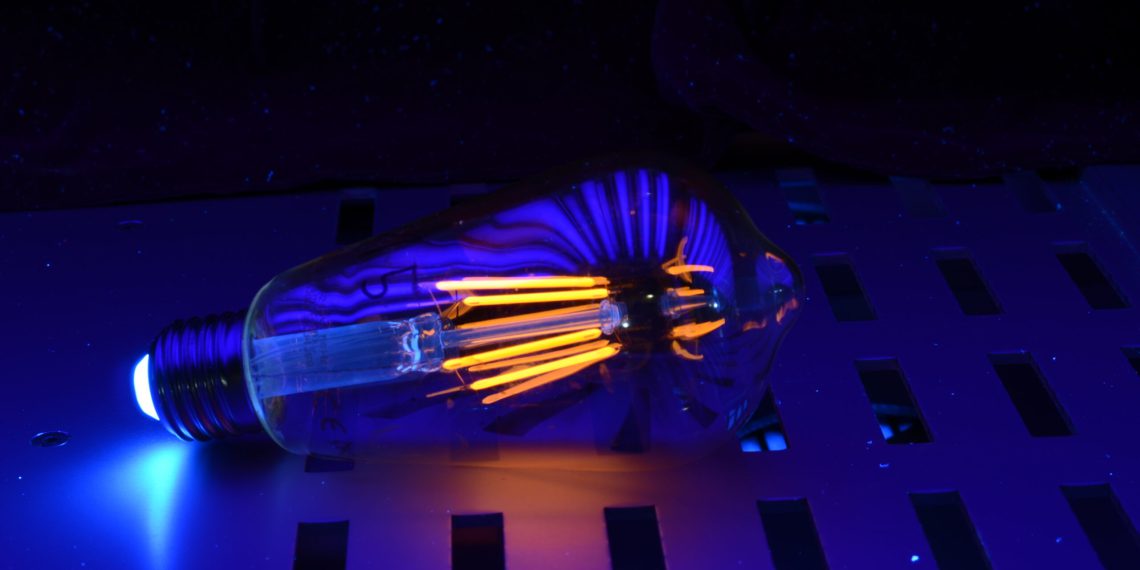The European association of collection and recycling organizations for lamps and luminaires from waste electrical and electronic equipment (WEEE) EucoLight, together with Fraunhofer IZM, successfully conducted a study on the technical feasibility of automatically detecting lamp types in collected lamp waste streams for recycling.
The study focused on technology assessment for the separation of collected end-of-life (EoL) lamps, more specifically on the technical feasibility for the separation of conventional gas discharge lamps (GDL) and conventional light emitting diode (LED) lamps. The project initially consisted of a theoretical phase in which the technical possibilities for sorting processes were investigated and described. Based on this potential analysis, the test phase followed, which focused on static and dynamic tests with three promising sorting methods.
In the end, however, only two methods, the blue light test and the electromagnetic induction test, were considered promising and were carried out in detail. The test results showed: the correct detection of unbroken GDLs was 100 percent in the alternating electromagnetic field. Broken GDLs cannot light up in the alternating electromagnetic field because the gas has escaped, which is needed in conjunction with the mercury to produce light.
The electromagnetic coil experiments also showed that the large chip area of the LED bulbs can light up due to induction. This should be eliminated by using filters in the Hg and Ar regions. Correct detection of LED lamps was 60–90 percent with blue light. The detection rate can be increased by orienting the lamps to direct illumination and by using sensitive optical sensors, which requires further testing. Since a few GDLs also reacted to the blue light, these exceptions would have to be sorted out manually or by image recognition. The use of filters for specific spectral lines would not be appropriate here, since LEDs and GDLs glowing under blue light show no difference in the emitted wavelengths.
A combination of both methods, e.g. integrated in an optical detection lens, finally leads to a promising approach for a practical application to improve existing recycling facilities or newly developed technologies.
In particular, Fraunhofer IZM investigated the success rate of the electromagnetic approach and also recommends its combination with optical detection. Using samples from a German lamp reprocessing plant, it was successfully demonstrated that the combination of sensitive optical sensor, electromagnetic induction and selection via blue light improves the sorting and recycling process not only in terms of quality but also in terms of process speed.
The study is available to the public and can be accessed at www.eucolight.org/eucolight-publications. Based on the findings of this study, EucoLight hopes to initiate the development of recycling processes to make them more efficient and recover a high level of reusable materials.

















